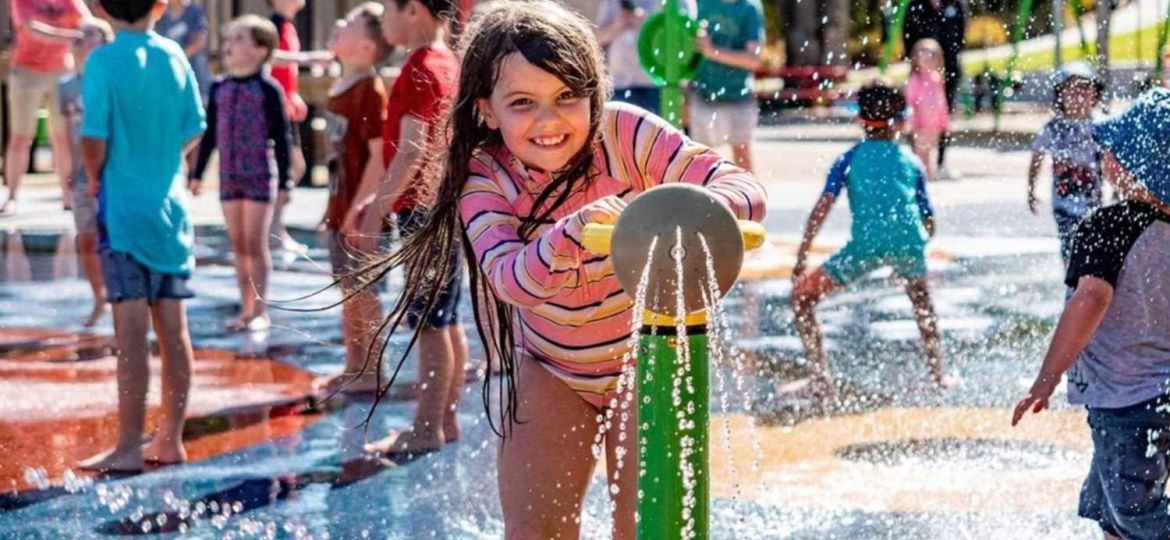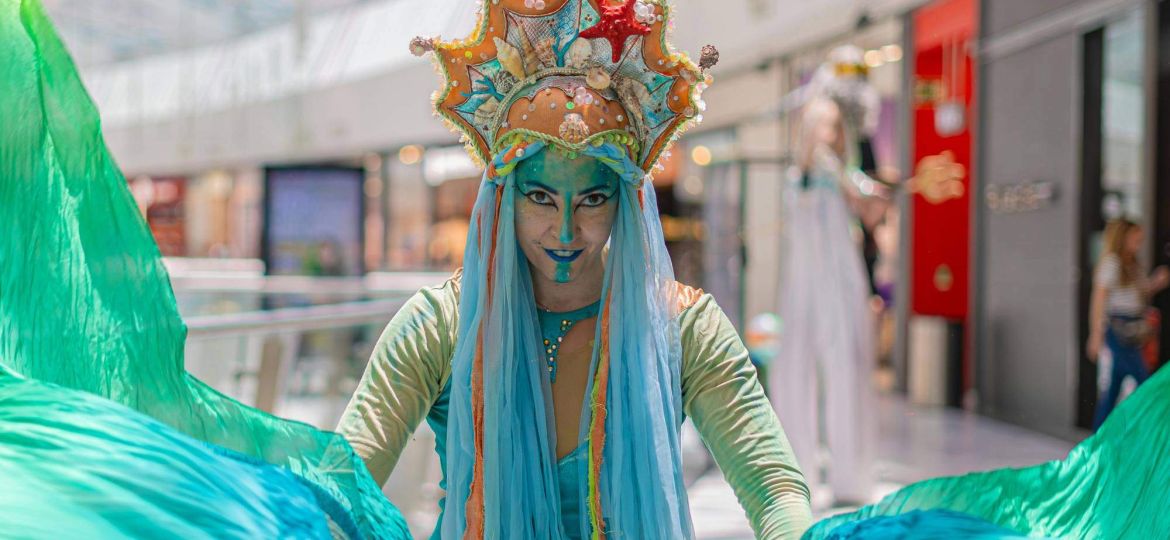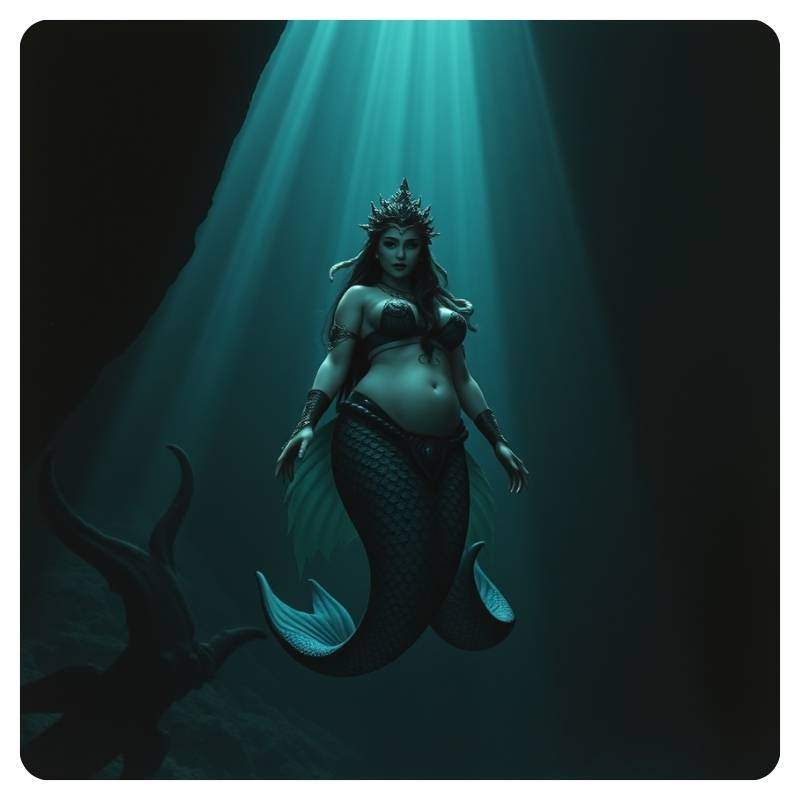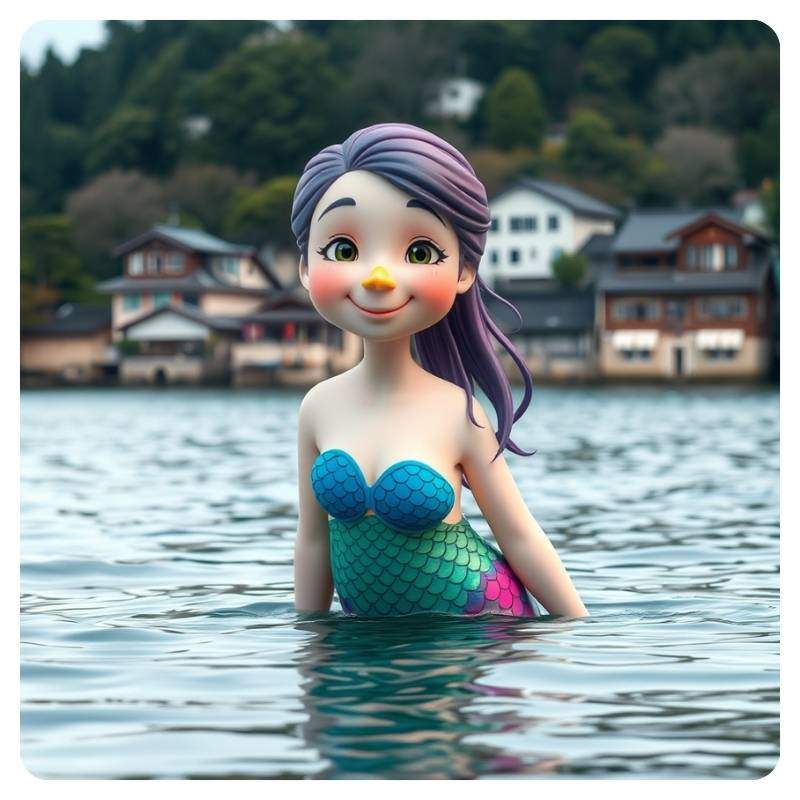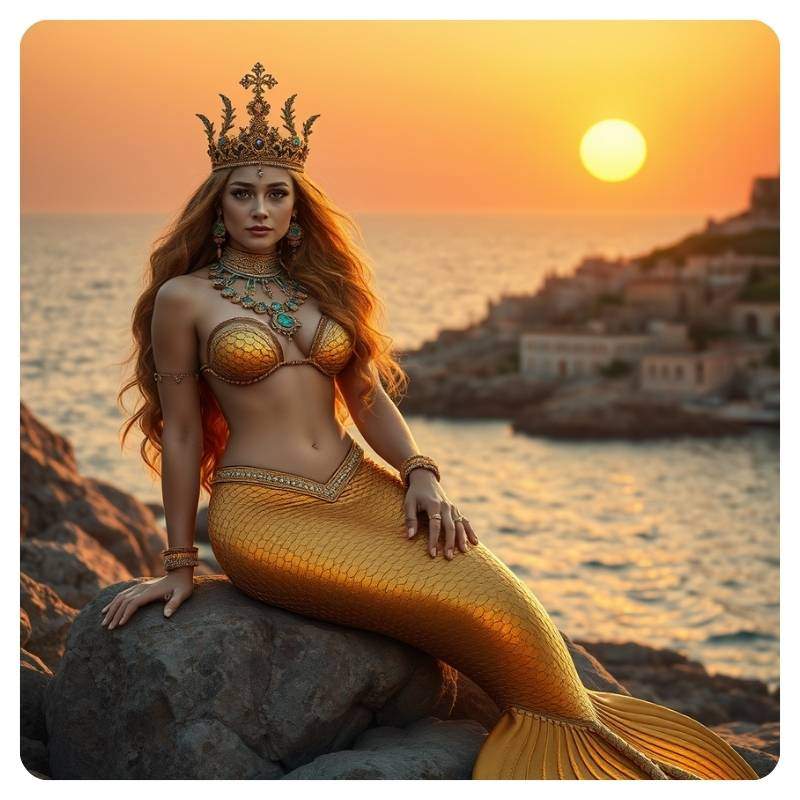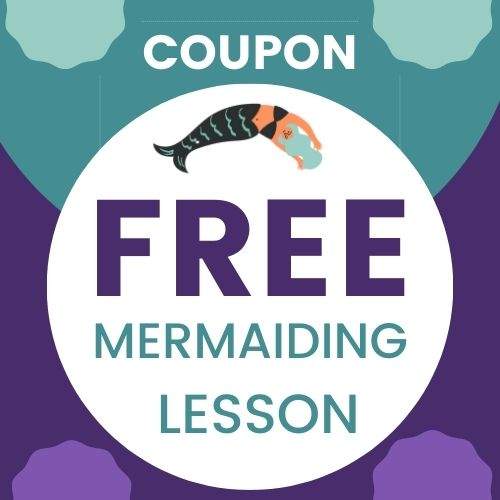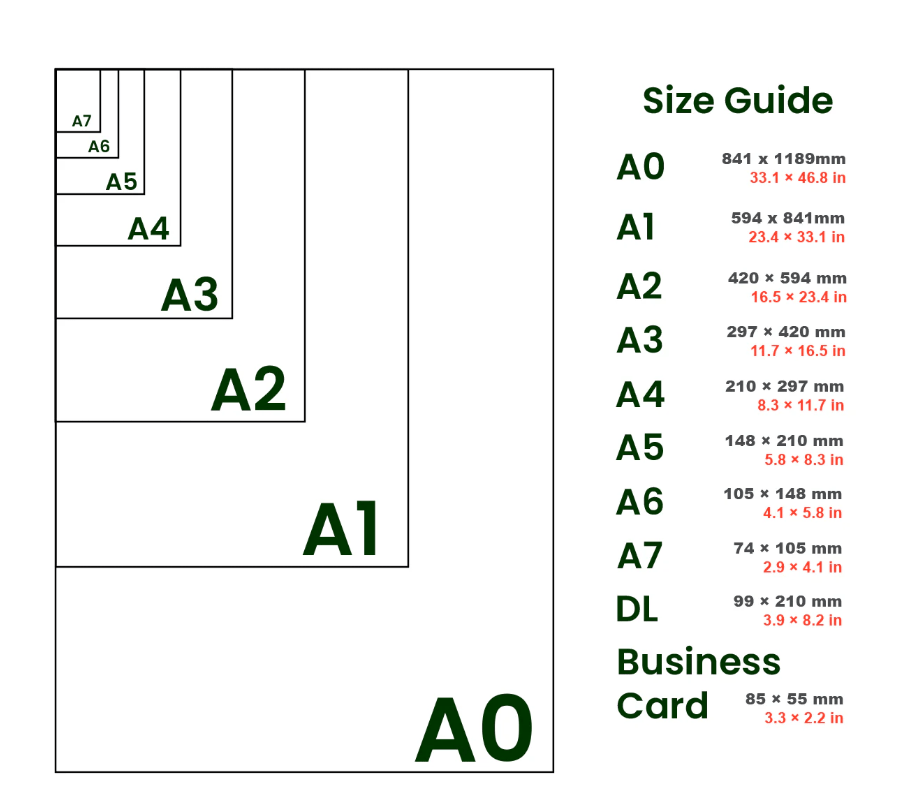WHAT IS A MONOFIN?
A monofin is a type of flipper that holds both feet together and provides extra power with each kick. As part of a mermaid tail, it also provides some or all of the shape and structure of the mermaid fin.
WHAT DOES A MONOFIN DO?
The monofin is the biggest/most significant difference between mermaid tails. All swimmable mermaid tails have a monofin. Non-swimmable mermaid tails usually don’t have a monofin or are made of materials that will not hold up in the water. The fabric part of the mermaid tail is mainly for aesthetics.
WHAT IS THE BEST MONOFIN FOR MERMAIDS?
There are many factors that can affect your choice. We listed the most important factors below so you can decide which features are most important to you.
Swimmable mermaid tails with monofins come with a variety of monofin types and sizes. The type of monofin should be a major factor to consider when choosing a mermaid tail.
Answering these questions will help you determine what tail is the best choice for you:
- How do you plan on using the tail and what features are most important to you?
- Do you mostly want to swim around and have fun in your tail, or are power, speed, and agility also important to you?
Generally, a small, flexible monofin is best for swimming gently and slowly in calm water like a pool. If you plan on swimming in open water like the ocean, you should already be a strong swimmer and very comfortable in a mermaid tail. Mermaid tails with a larger, stiffer monofin will give you more power to navigate waves and swim deeper with less effort. Mermaid tails with rigid, medium-sized monofins are good for fitness and speed in pools, as well as agility to perform tricks.
MAIN PARTS OF A MONOFIN:
The monofin is made of two main parts: the foot pocket and the blade.
The blade is what makes you look like a mermaid and provides resistance to allow you to swim through the water.
The foot pocket is the area where your feet go, and the blade is the rest of the monofin. The foot pockets do the important job of attaching your feet to the blade.
Fit: The fit of the monofin is quite possibly the most important factor in choosing which one to get. There is nothing more frustrating than swimming with a mermaid tail that falls off or is painful. Two of the most important factors when choosing the monofin are whether they have individual foot pockets and whether or not the size is adjustable with straps.
Adjustable straps: A monofin with adjustable straps is superior because you’re able to get the best fit for your own feet. Without adjustable straps, your foot may not be secure in the monofin and be more likely to slip out. Also, without a secure connection between the monofin and your feet, you cannot have as strong of a kick as power is lost when the monofin pulls away from the foot.
Foot pockets: Some monofins have separate foot pockets while others have an open foot pocket that is one area for both feet. There are pros and cons to each, which are outlined below.
Separate foot pocket pros: More adjustable, secure feet to monofin, maximizing power and agility, prevent feet and ankles from rubbing together. Separate foot pocket cons: Feet may feel confined, takes time to adjust the strap, may not accommodate different foot shapes (e.g., wide, high arch, bunions), need to use hand to remove in case of emergency. Open pocket pros: Easy to put on, can get off feet without using hands, fits a wider variety of foot shapes. Open foot pocket cons: Easy to slip off, feet and ankles may rub together while swimming, if made of neoprene and no strap, feet are not very secure on monofin, causing feet to separate from monofin blade while kicking and reducing power and agility.
Foot and ankle position: The position of the feet and ankles is an important factor for comfort. Some monofins have foot pockets where the feet and ankles are touching. When you kick, your feet and ankles may rub together and become painful. Other monofins have separate foot pockets that keep your feet and ankles apart and completely avoid that problem.
Foot pocket material: The material affects how comfortable and secure the monofin is to your foot, and how resistant the monofin is to chlorine and saltwater.
Neoprene is a soft, comfortable fabric against your skin. It is fairly durable and resistant to salt and chlorine but will break down over time and become looser. It is quite stretchy, so when you push against it while kicking, the monofin can separate from the bottom of your foot and reduce the power of your kick. Some manufacturers added velcro straps or an additional seam between the feet to reduce this from happening. If you are considering a tail with neoprene foot pockets, we highly recommend making sure you get one with this additional feature.
Silicone is resistant to chlorine and saltwater, so it will not break down over the life of your monofin. Over time, the silicone may stiffen up and take the shape of your foot, which further enhances comfort. Silicone is a flexible but strong material that will flex with your feet, but still stay secure. While silicone is strong, it is not impossible to damage. Straps made from silicone can break if they are pulled on, but shouldn’t break if they are used properly.
Monofin Blade: The blade of the monofin is the part that looks like mermaid fins and propels you through the water when you swim. The flexibility of the material and the size of the monofin blade affect the speed, power, and agility of the monofin.
Blade rigidity: The blade part of the monofin can come in a variety of rigidity, from super flexible to super-rigid. The more rigid the monofin, the more power and speed you get from each kick. A super flexible monofin is better for swimming slowly and gracefully underwater. Large, flexible flukes can look super realistic and flowy underwater. Your choice depends on how you want to use your mermaid tail! For the best all-around, you can choose one that is somewhere in the middle with a bit of flex.
Fin size: The fin size affects the look of your mermaid tail as well as the function. A smaller monofin is better for beginners because it’s easier to swim in. A larger monofin is better for strong swimmers as it requires more strength to maneuver. A medium-sized monofin is a great option for anyone.
Monofin Design: Mermaid monofins are different from other monofins in that part of their function is their design aesthetic.
If you’re choosing a monofin solely for the function, you wouldn’t care much about how it looks. Part of the fun of mermaiding is the visual transformation! We recommend choosing your monofin based on fit and function more importantly than visual design if you plan on swimming a lot in your tail. If you will mostly be doing photoshoots or dry land events, you might prioritize appearance over function.
Another thing to consider is that most mermaid monofins are sold with a matching tail skin. The tail skins are designed to fit the shape and size of the specific monofin, so monofins usually have to be worn with the tail skin they come with, and cannot be switched. There are a few brands that may be interchangeable, but most aren’t.
Monofin Shape: Most monofins for mermaiding are shaped like a fluke, but there is still a lot of variance! You could go for a big curvy monofin like the Mahina monofin, or a small pointy one like the Linden monofin, or anything in between!
CONSIDER THESE FEATURES THAT AFFECT THE FUNCTION OF YOUR MONOFIN:
Speed: Speed is determined by a combination of the size of the monofin and the rigidity. The largest, most rigid monofin will enable you to swim faster than a smaller, more flexible monofin.
Agility: A smaller, more rigid monofin gives you the most agility to maneuver quickly and easily. A small, flexible monofin allows you to be slightly agile, but since the monofin is so flexible, it doesn’t provide much resistance to turn and maneuver as easily as a more rigid monofin. Larger monofins have the least agility because of their size they are less maneuverable.
Durability: The durability of the monofin usually comes into question for kids or inexperienced mers who are more likely to stand on the monofin tips. Some materials can break more easily under this force than others. Some materials like plexiglass break into sharp pieces while plastic monofins may not be sharp.
Some monofins are smooth, and others have ridges that add extra strength. We recommend choosing a monofin with additional strength features.
Weight: A larger/heavier monofin is better for more experienced adults, although the buoyancy is more important than weight when you’re swimming. You might consider the weight more if you plan on modeling in your tail on dry land or traveling with it a lot.
Buoyancy: The buoyancy affects whether the monofin floats, sinks, or is neutral. Neutral buoyancy is desirable because it allows you to swim wherever you want in the water, more like a real mermaid. Buoyant monofins may help the feet float slightly, which can be either a pro or a con, depending on who you are. A monofin that floats IS NOT a floatation device and will not keep you


